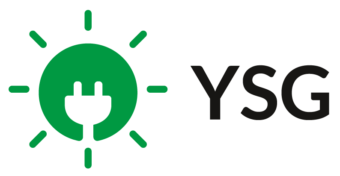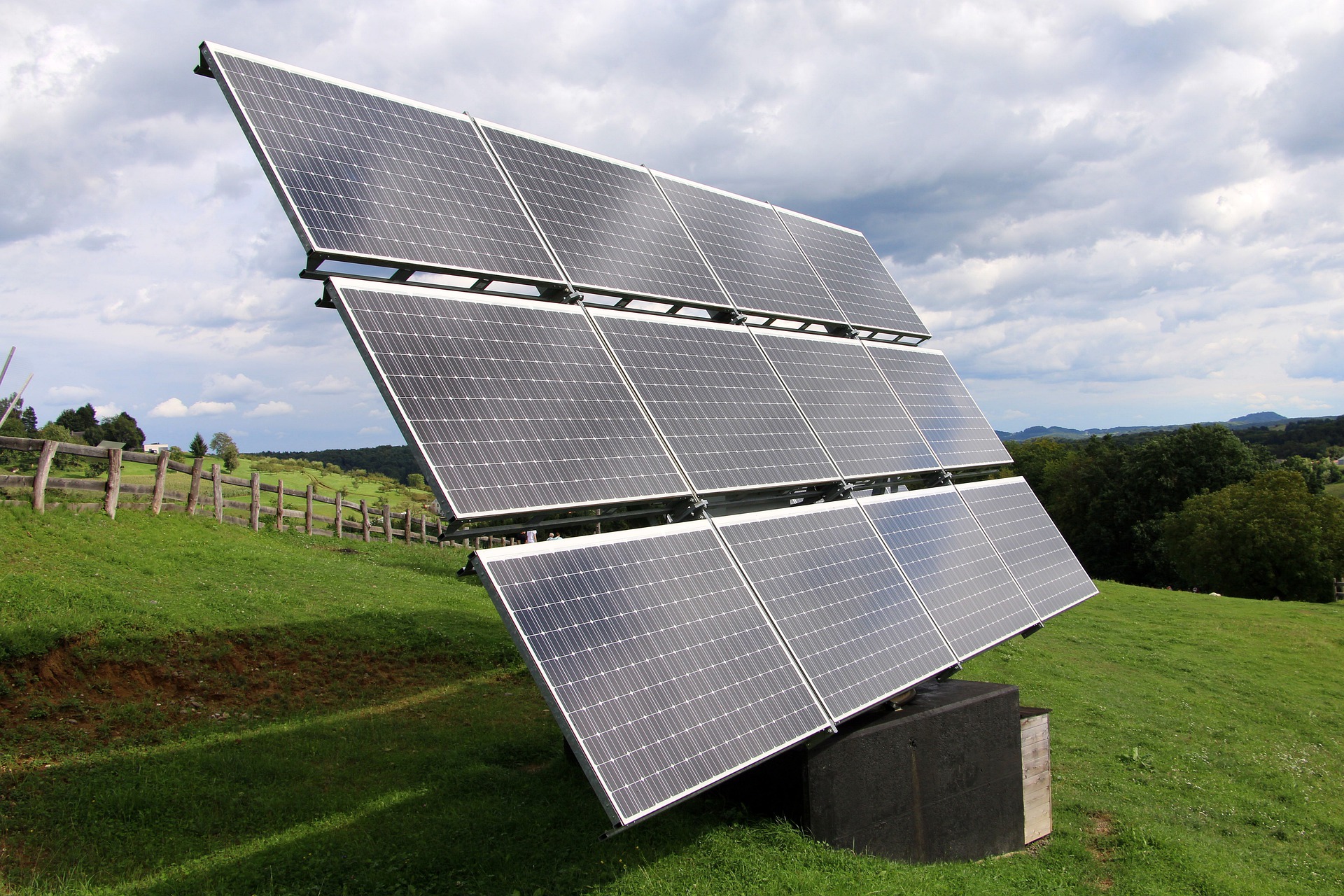Community solar has been developing rapidly across the United States and a huge number of projects have popped up around the country in recent years. According to the SEIA (Solar Energy Industries Association), there is almost 2 GW (gigawatts) of installed community solar capacity across the country. In the US, nineteen different states (plus the District of Columbia) allow for the development of community solar projects. In these states, residents, farmers, businesses, and municipalities subscribed to a project can receive credits on their electric bills for the power generated.
Why Community Solar Works For Everyone
The main benefit of community solar is that it provides more equal access to solar because of its lack of barriers to entry. If you can’t install solar directly on your property for any number of reasons, then community solar provides an alternative avenue to the benefits—both economic and environmental—of solar energy.
Community solar facilities are often relatively small—less than 5 MW (megawatts) total capacity—and will occupy a varying number of acres depending on the project. The solar land leases behind these projects will also include provisions for returning the land to its original state following the completion of the solar land lease.
How Community Solar Works For Farmers & Landowners
With the increasing demand for community solar projects across the country, it’s no surprise that land to house the solar arrays is in high demand. This has led to an increasing number of land lease agreements between solar developers and landowners. For farmers, these agreements usually involve only a certain parcel of their land being leased—not their entire property—so they can continue with other agricultural pursuits with the remaining land.
Of course, the farmer/landowner will be compensated by the developer throughout the lease—and may even subscribe to the community solar project as well. These land leases can provide extra revenue for farmers and benefit local communities without negatively impacting agricultural production in the area. What’s more, a solar farm can be an efficient way to hit local clean energy targets and benefit the environment.
Supporting Local Farmers & Agriculture
Perhaps surprisingly, sheep can play a role on the solar farm as well as the traditional agricultural farm. In order to carry out maintenance on vegetation around the solar array, some developers and landowners may choose to introduce sheep as an environmentally-friendly alternative to mowing the grass. It’s a mutually beneficial relationship for both the sheep and the developer—the sheep eat grass/plants around the panels to prevent disruption, while the panels and surrounding fencing provide shelter and security for the sheep. This natural solution to maintenance is another way in which solar developers can support local farmers.
For examples of community solar benefiting farmers and other citizens, check out this report from the SEIA (Solar Energy Industries Association), detailing 5 successful projects in:
- Massachusetts
- Minnesota
- Colorado
- Vermont
- New York
If you’re interested in community solar, or a solar farm, contact YSG Solar today. YSG has been developing solar projects for over a decade now and is experienced in all forms of solar energy, from residential solar to community solar to solar land leasing. Send us an email, or call at 212.389.9215 to get started, or learn a little more.
By Shane Croghan
Sources:
https://www.seia.org/blog/how-community-solar-supports-rural-communities-and-farmers

